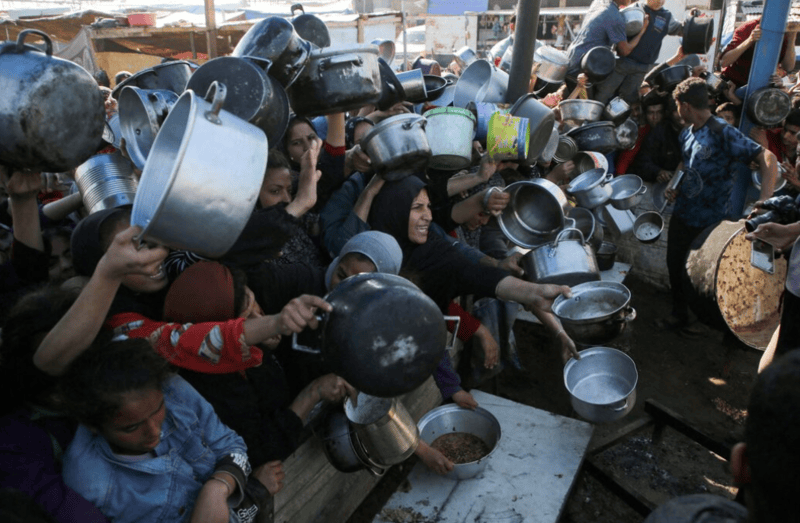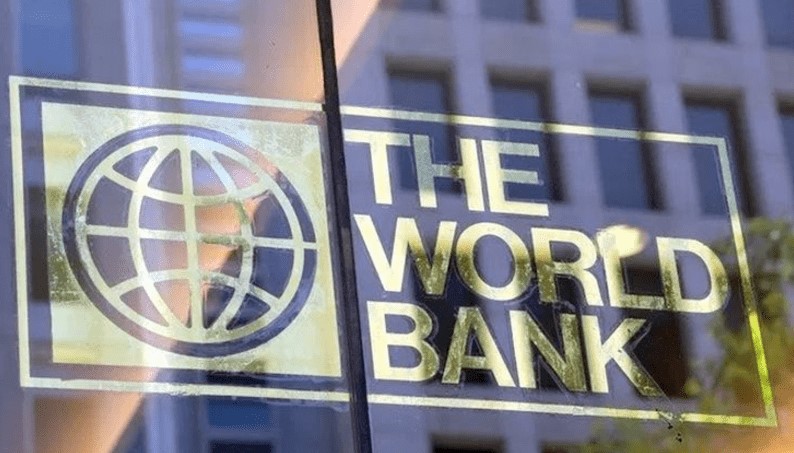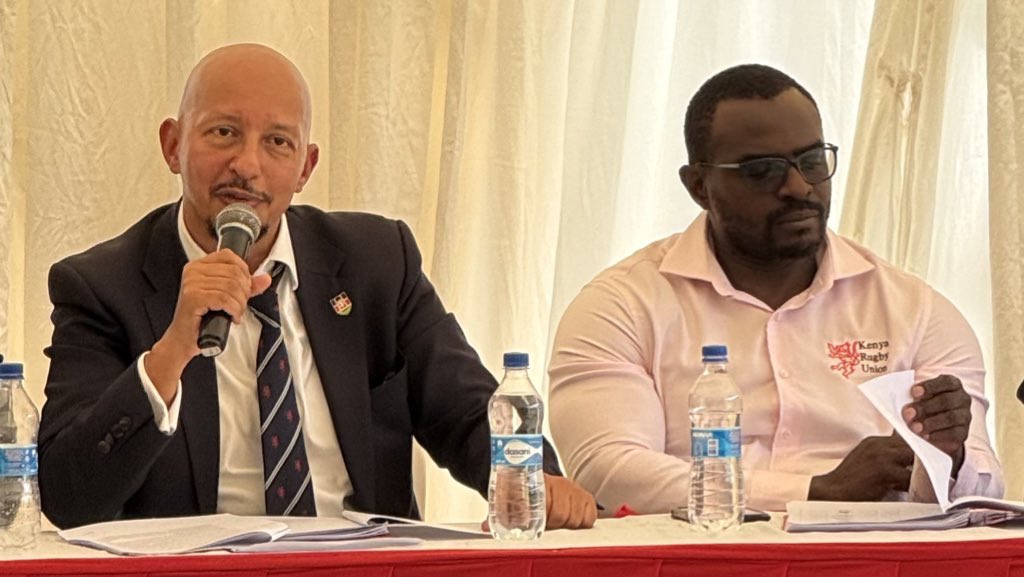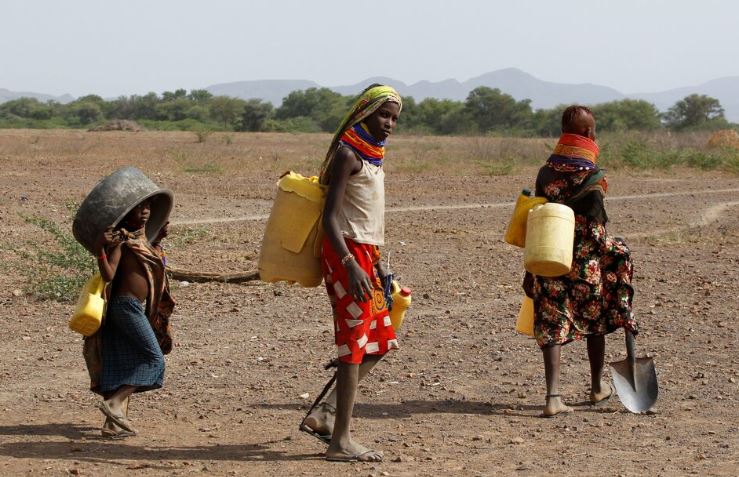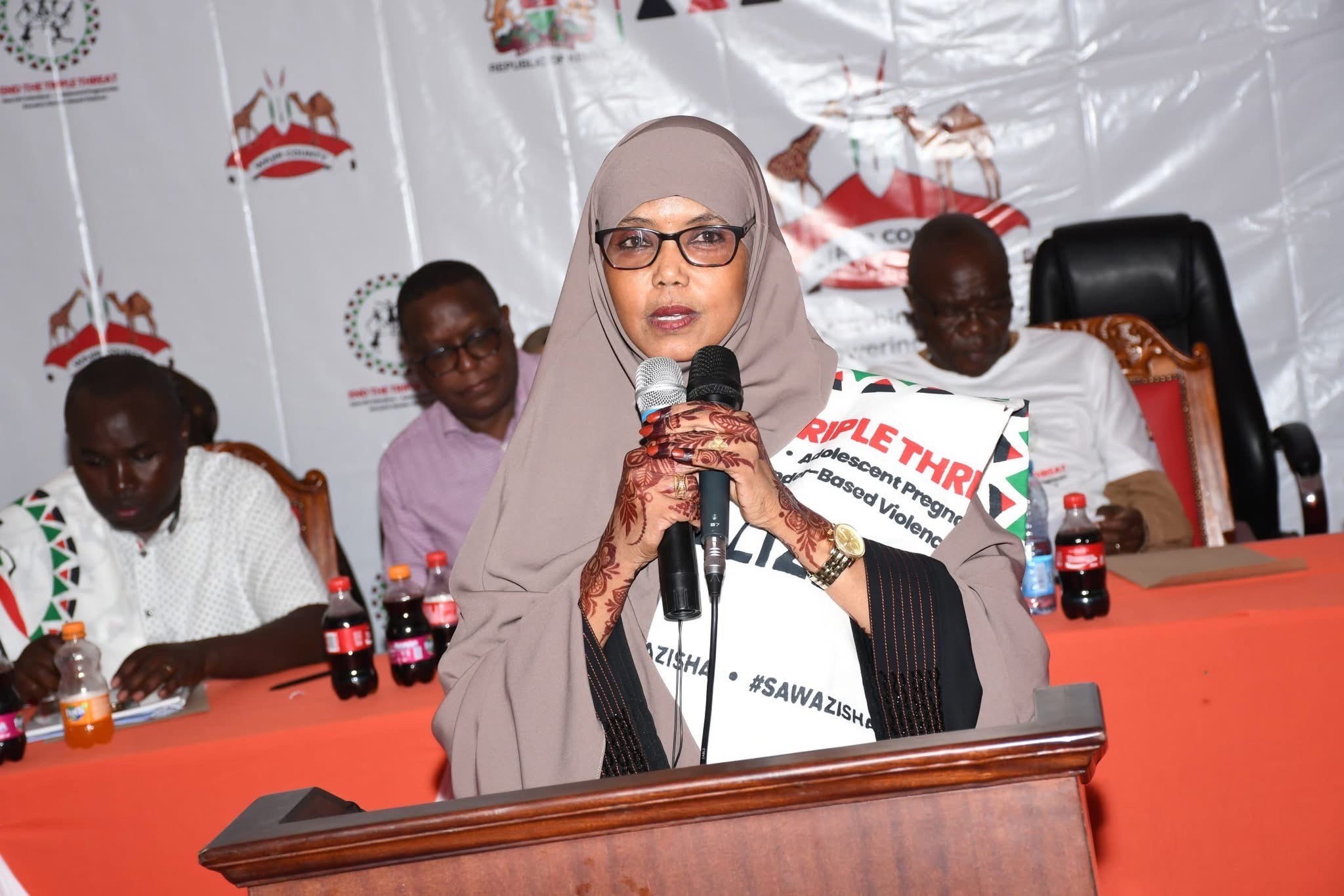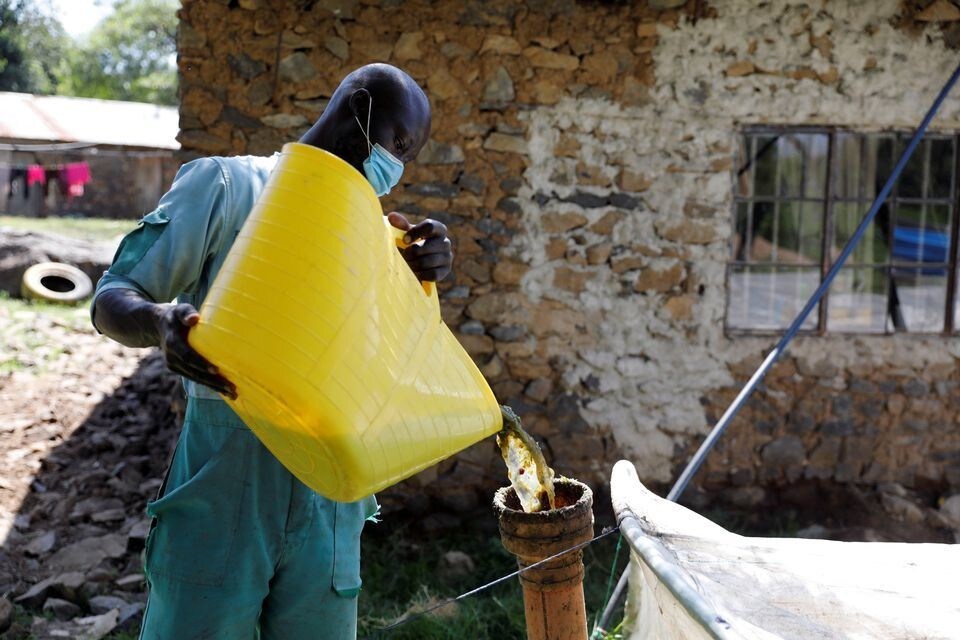Kenya's HIV milestone: Transition to DTG and strides in treatment
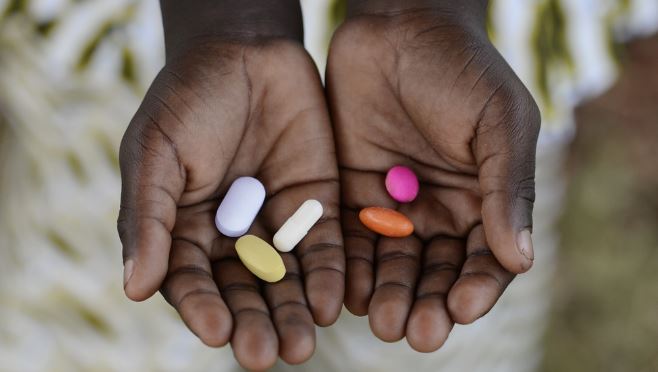
Kenya has transitioned to the dolutegravir (DTG)-based antiretroviral therapy (ART) regimen for patients with HIV, aligning with World Health Organization (WHO) recommendations. The shift comes amid allegations of shortages of the commonly used Atazanavir.
According to the Ministry of Health, this move is in line with global best practices and aims to improve treatment outcomes for people living with HIV. The DTG regimen is noted for its high effectiveness, fewer side effects, and reduced resistance compared to older treatments.
More To Read
- US aid cuts threaten youth development gains globally, study warns
- Johnson & Johnson unit ordered to pay $1.64 billion in HIV drug marketing case
- KEMSA releases ARVs targeting one million HIV patients after concerns over US aid cuts
- Mother-to-child HIV transmission rates in Kenya drop, but challenges remain
- HIV prevention drug expected to be launched in Kenya next year
In a directive issued on January 2, Director-General Patrick Amoth instructed the immediate transition of eligible patients to alternative regimens. The guidance was informed by a review conducted by experts from NASCOP, KEMSA, county governments, HIV partners, academic institutions, and community representatives. This transition targets adults and adolescents on second-line Atazanavir/r therapy, moving them to Dolutegravir-based regimens under phase 3 optimization efforts.
Kenya’s integration of DTG into its treatment guidelines began in 2017, following evidence from phase 3 clinical trials that showed its superiority to other first-line therapies. By 2017, the drug was introduced to 27,000 people living with HIV who could not tolerate the side effects of efavirenz, the primary first-line drug at the time.
In 2019 The World Health Organization (WHO) approved Dolutegravir (DTG) as the preferred first- and second-line HIV treatment for all populations, including pregnant women and those of childbearing potential. This decision is based on new evidence confirming DTG's effectiveness, safety, and lower risk of neural tube defects than previously suggested.
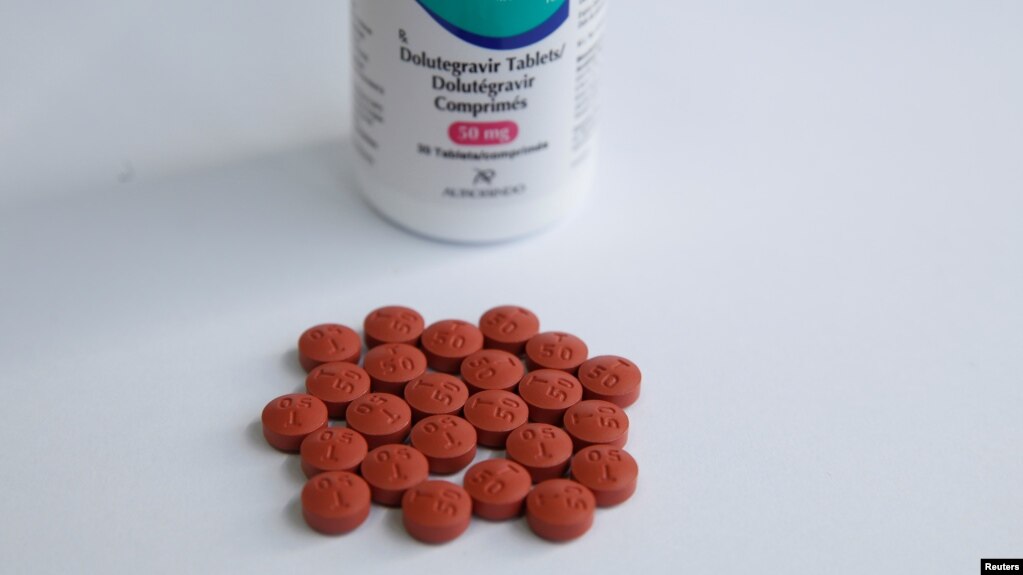 Dolutegravir pills used in the treatment of HIV are seen at the Kenyan Ministry of Heath offices in Nairobi, Kenya, June 27, 2017. (Photo: Reuters)
Dolutegravir pills used in the treatment of HIV are seen at the Kenyan Ministry of Heath offices in Nairobi, Kenya, June 27, 2017. (Photo: Reuters)
Earlier concerns arose in 2018 when a Botswana study reported four cases of neural tube defects among 426 women who conceived while on DTG. This led many countries to recommend efavirenz (EFV) for women of childbearing age. However, recent data from large clinical trials in Africa, combined with updated risk-benefit analyses, have shown that the risks are significantly lower, making DTG a safer and more effective option.
DTG offers advantages over alternative treatments, including higher efficacy, fewer side effects, and a strong resistance barrier. This is critical as pre-treatment resistance to EFV and nevirapine exceeds 10% in many countries, posing a growing challenge to HIV programs.
Comparison of dolutegravir (DTG) and Other HIV Drugs
Dolutegravir (DTG) has become a preferred HIV treatment due to its advantages over older regimens, such as efavirenz (EFV) and nevirapine (NVP), which were widely used in earlier treatment protocols.
Efficacy
DTG: Highly effective in suppressing viral load and achieving sustained viral suppression. Clinical trials have demonstrated superior outcomes compared to EFV and other first-line treatments.
Other Drugs (EFV, NVP): While effective, EFV and NVP show lower success rates in viral suppression, especially in cases of drug resistance.
Side Effects
DTG: Fewer side effects, such as dizziness, rash, or severe allergic reactions, making it better tolerated by patients. Rare concerns about neural tube defects in pregnancy have been largely mitigated by new evidence.
Other Drugs: EFV and NVP are associated with higher rates of side effects, including neuropsychiatric symptoms (e.g., vivid dreams, anxiety, depression) and liver toxicity.
Resistance
DTG: Strong genetic barrier to resistance, making it effective even in patients with drug-resistant HIV strains.
Other Drugs: EFV and NVP have lower resistance barriers, with pre-treatment resistance exceeding 10% in many countries, reducing their long-term effectiveness.
Convenience
DTG: Available in once-daily formulations with fewer pills and easy co-formulation with other antiretrovirals.
Other Drugs: EFV and NVP regimens often require more complex dosing and may have stricter food or timing requirements.
Safety in Pregnancy
DTG: Initially flagged for potential risks of neural tube defects in infants when used at conception, but updated studies show these risks are much lower than previously estimated. Now recommended for pregnant women and those of childbearing potential.
Other Drugs: EFV was previously recommended due to safety concerns with DTG. However, EFV’s neuropsychiatric side effects can also be problematic during pregnancy.
Cost and Accessibility
DTG Becoming increasingly affordable, particularly in low- and middle-income countries, due to widespread adoption and global health initiatives.
Other Drugs: generally more affordable initially, but their reduced efficacy and higher resistance rates may lead to increased long-term costs.
Global Adoption
DTG: Over 80 low- and middle-income countries are transitioning to DTG-based regimens, supported by WHO and global health organizations.
Other Drugs: Still used in some cases, particularly where DTG availability is limited, but rapidly being phased out.
The Ministry of Health, through Kenya Medical Supplies Agency (KEMSA) CEO Waqo Erjesa, has refuted claims of a shortage of antiretroviral (ARV) drugs. Speaking on Wednesday at a media briefing, Erjesa assured that the agency has sufficient stocks of HIV medicines to meet current demand.
"I just wanted to clear that air that we have no stockout of ARVs. We are stable; we are okay courtesy of the government of Kenya and the Global Fund (and) government of the United States through different formations. All these combined, we have enough ARVs," Erjesa said.
Erjesa said a misunderstanding may have arisen from changes in the regimen of the drugs as recommended by the World Health Organization (WHO).
"There was a change of the medicines that were being used specifically dolutegravir (DTG) was being used instead of protein inhibitor Azatanavir. That transition and changing from one medication to another—maybe some were not quite informed that we are using DTG," he explained.
WHO recommends the use of DTG as the preferred first-line and second-line treatment for all populations, including pregnant women and those of childbearing potential.
"That transition may have confused a few people, so let me assure Kenyans that we have no shortage of ARVs, we are stable, and our clients should not have any worry," Erjesa said.
Cabinet Secretary Deborah Barasa emphasized that to address potential shortages, the ministry is transitioning to more affordable medications to prevent future lapses in the availability of essential drugs.
Kenya recorded 16,752 new HIV infections in 2024, with 10,784 cases among women and 5,968 among men. The country also reported 20,480 AIDS-related deaths in the same period, including 2,607 children. Currently, 1.378 million people are living with HIV in Kenya.
Kenya has made remarkable progress in its HIV response, achieving significant milestones in treatment and prevention. By the end of 2023, 98% of adults living with HIV were receiving treatment, and 97% had achieved viral suppression. Additionally, 97% of individuals in the government database living with HIV are on antiretroviral therapy (ART), and 94% of these individuals are virally suppressed, demonstrating the effectiveness of the country's treatment programs.
Over the past decade, new HIV infections have decreased by an impressive 83%, reflecting successful prevention strategies and increased awareness. Simultaneously, AIDS-related deaths have declined by 64%, underscoring the impact of expanded access to ART and improved healthcare services.
Kenya's progress aligns closely with the UNAIDS 95-95-95 targets and Sustainable Development Goal (SDG) 3.3, aiming to end the AIDS epidemic by 2030. Continued efforts to address remaining gaps, such as reaching underserved populations and reducing stigma, will be crucial to sustaining this momentum and achieving the ultimate goal of an HIV-free generation.
HIV continues to be a major global health issue, with 42.3 million deaths and 39.9 million people living with HIV globally by the end of 2023. The WHO African Region accounts for 65% of these cases. In 2023, around 630,000 people died from HIV-related causes, and 1.3 million acquired HIV. HIV is primarily transmitted through body fluids such as blood, semen, vaginal secretions, and breast milk, with possible transmission from mother to child during pregnancy or delivery. It cannot be transmitted through casual contact like kissing or hugging.
Risk factors include unprotected sex, existing sexually transmitted infections (STIs), drug abuse, sharing needles, and unsafe medical procedures. Early access to antiretroviral therapy (ART) helps prevent HIV transmission, and people with an undetectable viral load cannot pass the virus to their sexual partners.
HIV can be diagnosed with rapid tests, including self-testing. Confirmatory tests are needed, particularly for infants under 18 months. Prevention strategies include condom use, regular testing, medical male circumcision, and ART to reduce transmission risk. Pre-Exposure Prophylaxis (PrEP) and Post-Exposure Prophylaxis (PEP) are also available for high-risk individuals.
While ART doesn't cure HIV, it helps manage the virus and strengthens the immune system, allowing people to lead healthy lives.
Top Stories Today


